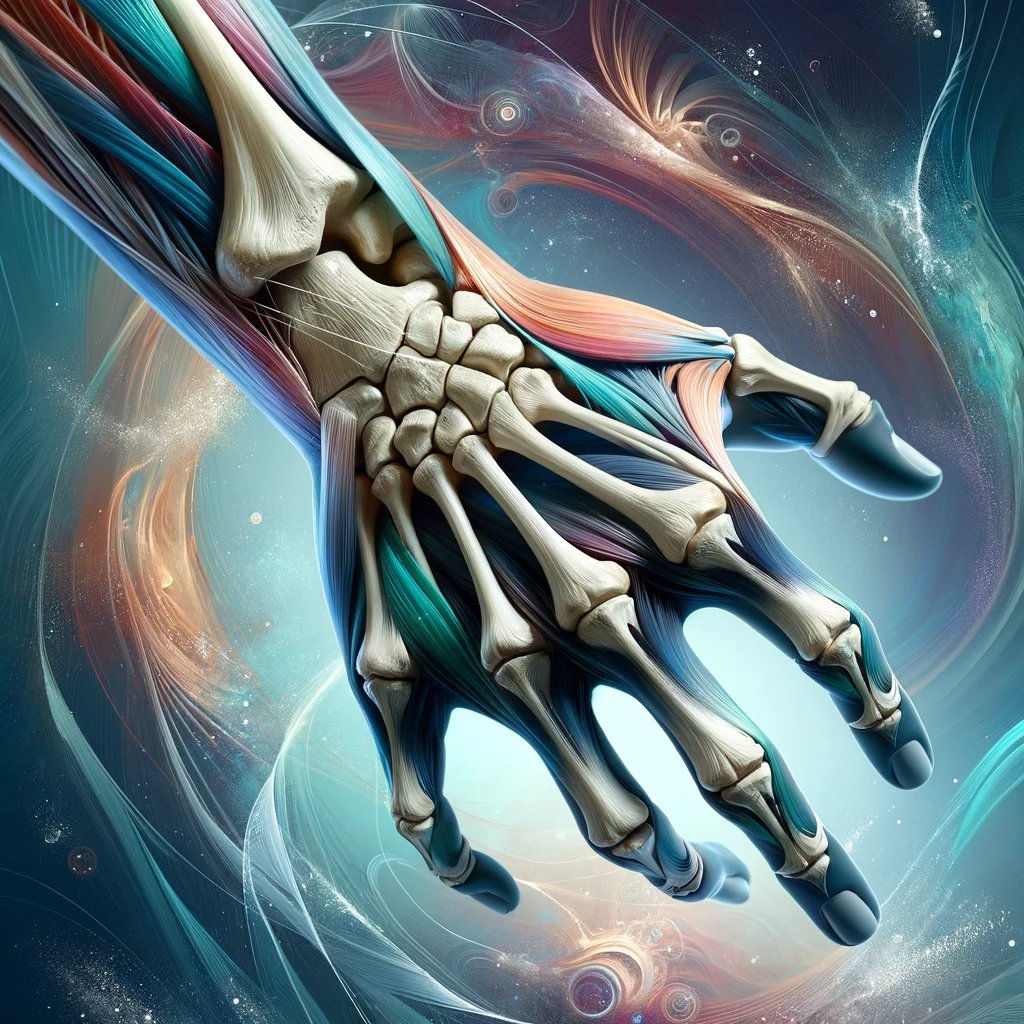Understanding What Makes Strong and Healthy Wrists
The Wrists are complex joints consisting of bones, muscles, tendons, and ligaments that connect the hand to the forearm. The muscles and tendons in the forearm control the movement of the wrist, allowing for flexion, extension, abduction, and adduction.
The function of the Wrists
Other than attaching the forearm to the hand, the primary objective of the wrist is to provide stabilization and rotation to the hand. The wrist plays a massive role in gripping and moving the fingers. Now the wrist has many planes of movement it can operate in (controlled by forearm muscles and biceps) but in this section of the article, we will be focusing on flexion, extension, ulnar deviation, radial deviation, and circumduction. These are the only types of movements you should focus on when training the wrist.
- Flexion: Flexion arises when you bend your palm towards your forearm. You can try this right now with a supinated grip (Holding a cup of soup). This movement is controlled by the flexor muscles of the forearm.
- Extension: The opposite of flexion. Extension is the movement of the palm away from the forearm and is controlled by the extensor muscles of the forearm.
- Radial Deviation: This movement involves moving the thumb towards the forearm. You can try this with a neutral grip to get the idea. This movement is often very tight and uncomfortable.
- Ulnar Deviation: Ulnar Deviation being the opposite movement of radial, is the movement of the pinky towards the back of the forearm.
- Circumduction: This form of movement is just a seamless combination of every twist, rotation, and contraction that the wrist can use.

Training Considerations
It’s important to know that when it comes to training, while you are training the wrist itself, you are mostly strengthening the muscles of the hands and forearms that allow the wrist to move In these motions. What most don’t understand is that the wrist often becomes very tight and stiff when it is an extremely mobile joint. Often from heavy lifting with fixed wrist positions.
Most injuries occur to the wrist when in a compromised range (a position where you aren’t strong). So a combination of stretching and lengthening the muscles, tendons, and ligaments of the wrist and around the wrist allows for numerous benefits.
Training and Neglect
One of the most commonly undertrained parts of our bodies is our wrists. Not much is talked about when dealing with the wrists, however, one of the most common injuries for weightlifters and calisthenics athletes are wrist strains and forearm injuries that are a result of weak wrists.
Overuse injuries are another common problem that many lifters experience. These problems arise because loading the weight on the bench press and attempting our first pseudo pushups all sound much sexier than training and conditioning the wrist.
Wrists are not meant to absorb large forces, especially when talking about movements where we put our hands at 90 degrees such as when doing pushups. All the force that your back, chest, shoulders, triceps, etc, can generate is all energy that must pass through the wrist and into the bar or whatever it is you are gripping or pushing against.
You can probably already see why this is problematic if your wrists are untrained. Since there is a tendency to overload and prioritize greater muscles, those same muscles tend to become very strong and conditioned compared to the wrist. Now, all that new force that you can generate is limited by your neglect to strengthen the main joint that allows you to transfer this energy.
Carpal Bones
The carpal bones are a group of small, irregularly shaped bones located in the wrist between the radius and ulna of the forearm and the metacarpal bones of the hand. Eight bones make up this strong but flexible group and are attached by various tendons and ligaments. These bones play a crucial role in wrist movement, stability, and flexibility. They form the carpal tunnel, a passageway through which the median nerve and tendons pass, facilitating the movement of the hand and fingers. Additionally, their unique structure is what allows for the various movements of the wrist.
For more info on Arms in general check out our ultimate guide and other resources!

